Background
Sri Lanka, tropical island in the Indian ocean with around 22 million inhabitants, has a relatively modern industrial economy. Textile and fashion have been important pillars until today. The challenge is to tranform to a global economy that is ready for the 21st century. Sri Lanka wants to be the catalyst for the South Asia region and has a lot of potential.
The infrastructure in Sri Lanka is solid, partly due to investments from China, such as in the southern part of Sri Lanka with a new harbor and airport. These investments are part of China’s new silk route ambition[i].
Todays political situation is unstable and insecure for investors, with new elections in the beginning of 2019.
Areas where Sri Lanka’s economy could benefit are creative industries and digitalization. Creative industries more specifically in design and fashion as natural strenghts of the country. Digitalization in relation to ICT software and hardware industries, but also ICT (cloud-based) services. These sectors can reinforce each other, think of the Virtual Fitting Room of the company SenseMe[ii].
Sri Lanka’s creative industries are diverse, although fashion and design are most prevalent. Textiles have been an important export product. One of the large textile companies in Sri Lanka is Star Textile Processing Industries[iii], where the usage of new technologies becomes more and more important. Another interesting company is the Hirdaramani Mihila factory[iv], “Asia’s FIRST Carbon Neutral Apparel Manufacturer, and the county’s iconic green factory”[v].
The Academy of Design (AOD)[vi], as a private higher educational institute, is an important organization and driver for Sri Lanka’s creative industries ambition. The AOD closely collaborates with partners such as the Northumbria University in the UK with programs in fashion, design, arts, architecture and built environment, and more.
The Academy of Design has been an engine behind important design initiatives in Sri Lanka, such as the Island Craft Project, the Fashion Market, and the Sri Lanks Design Festival. In this way, with education and exposure, the AOD creates opportunities both for students, professionals and businesses to achieve their ambitions in creative industries.
Furthermore, the Academy of Design is developing a new location where new forms of education can be experimented with, but also serve as modern meeting places, future working places, and even an incubator. In this way, the sector will have a strong basis for future growth.
Sri Lanka Design Festival 2018
In November 2018, the yearly Sri Lanka Design Week (SLDF) [vii] was held for the 8th time. The previous month, in October 2018 , the Mercedes Benz fashion week[viii] was organized. These platforms have an important function to showcase the newest developments in (potential) products and services, but also in providing an opportunity for students, small businesses, and (potential) customers and investors to meet and exchange.
Collaboration with large companies such as Mercedes Benz are becoming a trend. Next to Sri Lanka, Mercedes Benz sponsors and collaborates in fashion weeks in Australia, Istanbul, Amsterdam, and many other cities. Mercedes Benz was also main sponsor of the European creative event ‘MeConvention’ in Stockholm, beginning of September 2018.
Delegations from the United Kingdom and the Netherlands participated in the 2018 edition of SLDF. In the Creative Economies Policy Forum, which was hosted by the British Council, in partnership with Academy of Design and the Sri Lanka Design Festival, a core working group for Sri Lanka’s creative economy was established.
The Dutch delegation organized workshops and roundtables to exchange good practices in the development of creative industries. Students and alumni from the Academy of Design showcased their works at Trace Expert City, an innovative center in the heart of Colombo.
Towards a national policy strategy
Building upon the previous successes, network, and organization, Sri Lanka is ready for a next leap. The first blueprints were built by the AOD in collaboration with the British Council. During the Sri Lanka Design Festival, international partners gathered and discussed about a future national policy strategy for Sri Lanka’s creative industries.
This development has mainly been driven by private organizations. Long-term success will be found in the collaboration between education- and knowledge institutes, businesses and public bodies. Important public bodies can be Ministries, but also the Expert Development Board, and Chamber of Commerce.
Like in many other countries, creative industries development starts with creating awareness and recognition of the (potential of the) sector. In developing countries, creative industries are often perceived as ‘luxury’ and very insecure for economic prosperity, both at a micro and macro level. Sri Lanka, however, is at the threshold of a new era in her economic development. The coming years will show whether parties have been able to create synergy and realize the potential.
Author: Dr. FDJ Grotenhuis
[i] Fernandopule, L. (2018), ‘China’s Asian model of development to benefit Sri Lanka’, Sunday Observer, 11 November
[iii] http://www.startextile.lk
[iv] http://www.hirdaramani.com
[v] http://www.island.lk/index.php?page_cat=article-details&page=article-details&code_title=131268


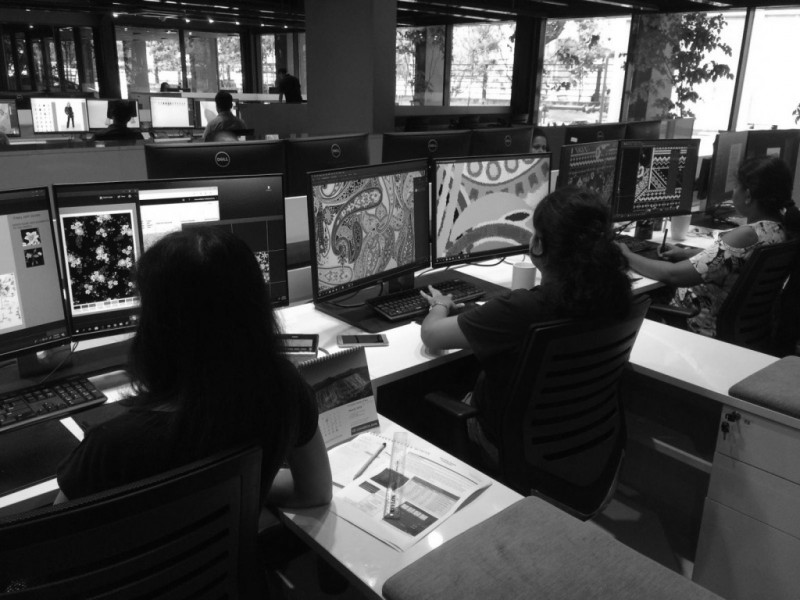
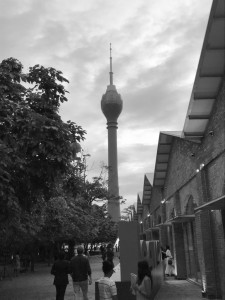
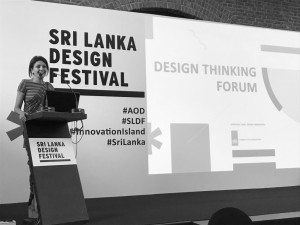
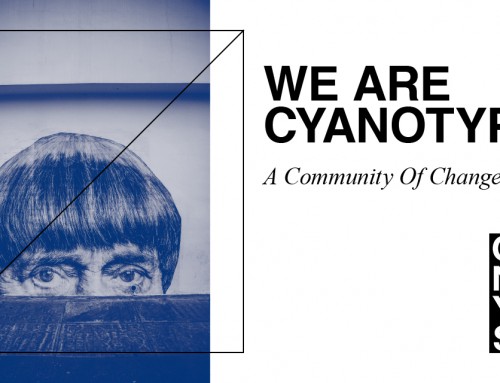
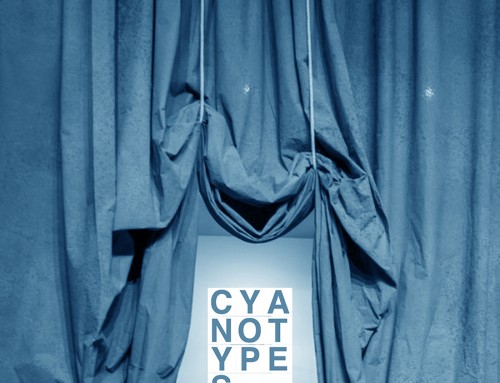
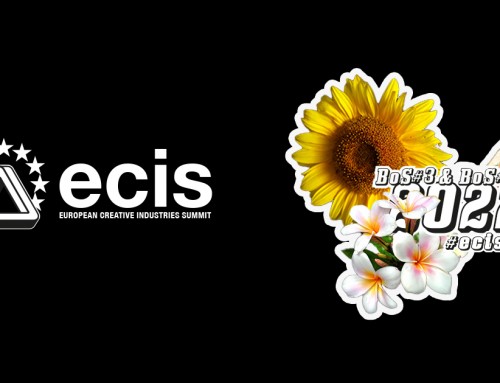
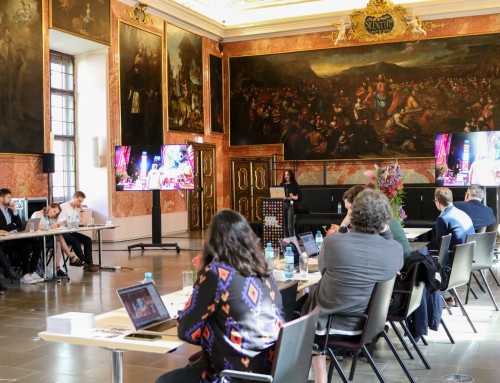
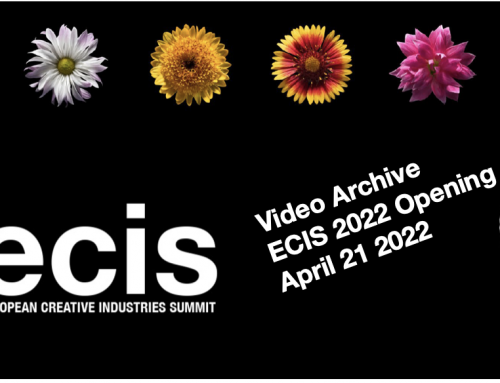
Leave A Comment